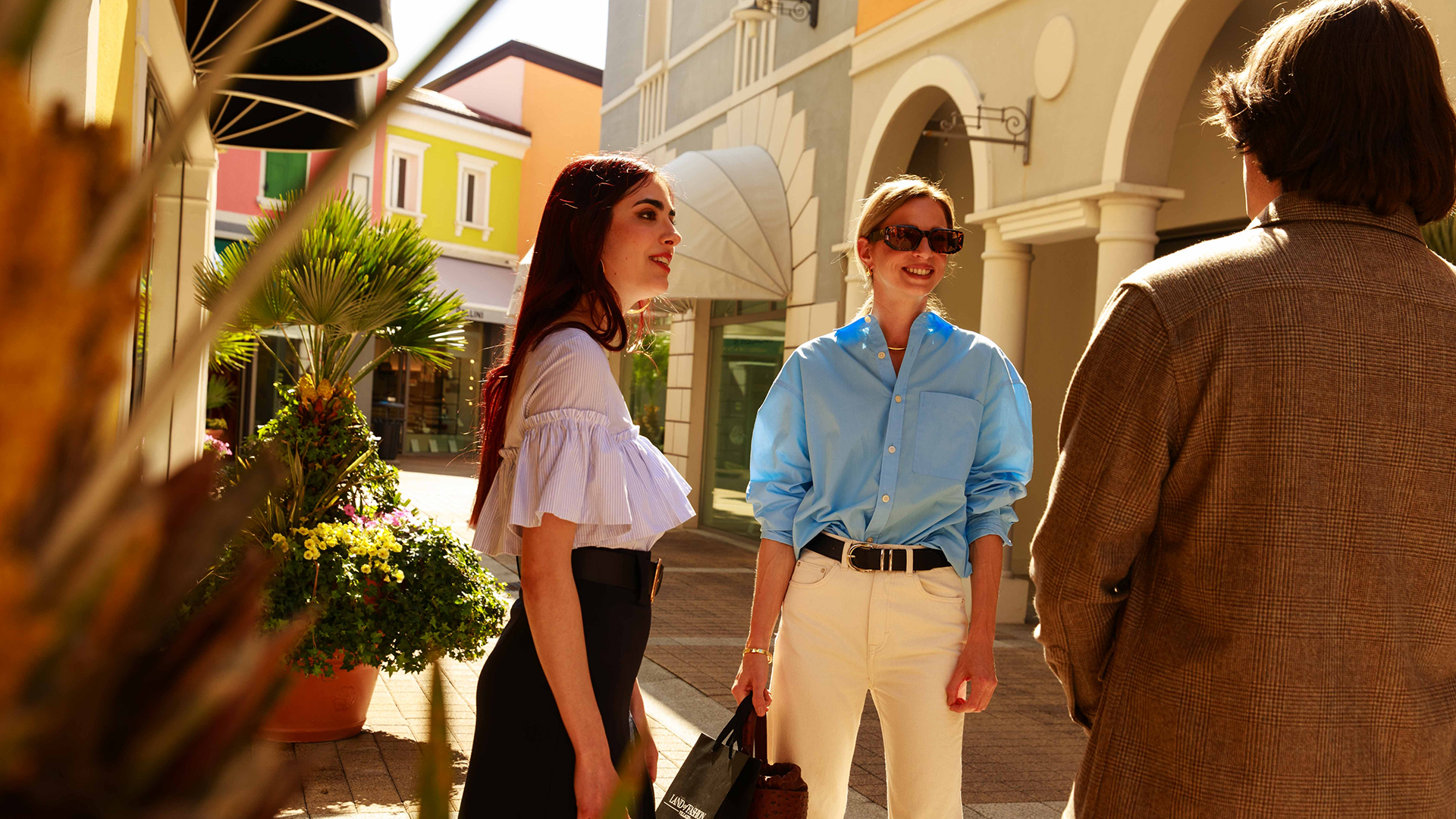The city of Palmanova is a gateway between the Dolomites and the sea, a European hub of culture and traditions that now embrace Palmanova Village too and colour its streets, like the amazing murals by street artist Geometric Bang. The Village has been turned into an open-air gallery in fact, so a day’s shopping becomes an unforgettable experience of art, culture and culinary traditions.
Come and experience it and you’ll discover that in Land of Fashion Villages, every day is the right day for a treat.

Discover them all

Every season brings new emotions and nuances. In the Land of Fashion, we love to experience them all to the full and now’s the time to discover the current promotions.
discover the deals
Every experience has its own unique taste

Treat yourself to a unique experience in Palmanova Village. Enjoy a stroll through the streets to check out our stores, stop for a well-earned break in our inviting bars and restaurants, and choose from all the invaluable services that help make your shopping trip a truly unforgettable one.
Every year is unique with Village Card

Enter a world of exclusive benefits and enjoy a new shopping experience with Village Card. Request it free of charge.
RequestEvery gift is the right one with Gift Card

The best gift is one you choose yourself. Give a Gift Card, you can top it up with as much as you want, from €5 to €500.
Buy Now






Share